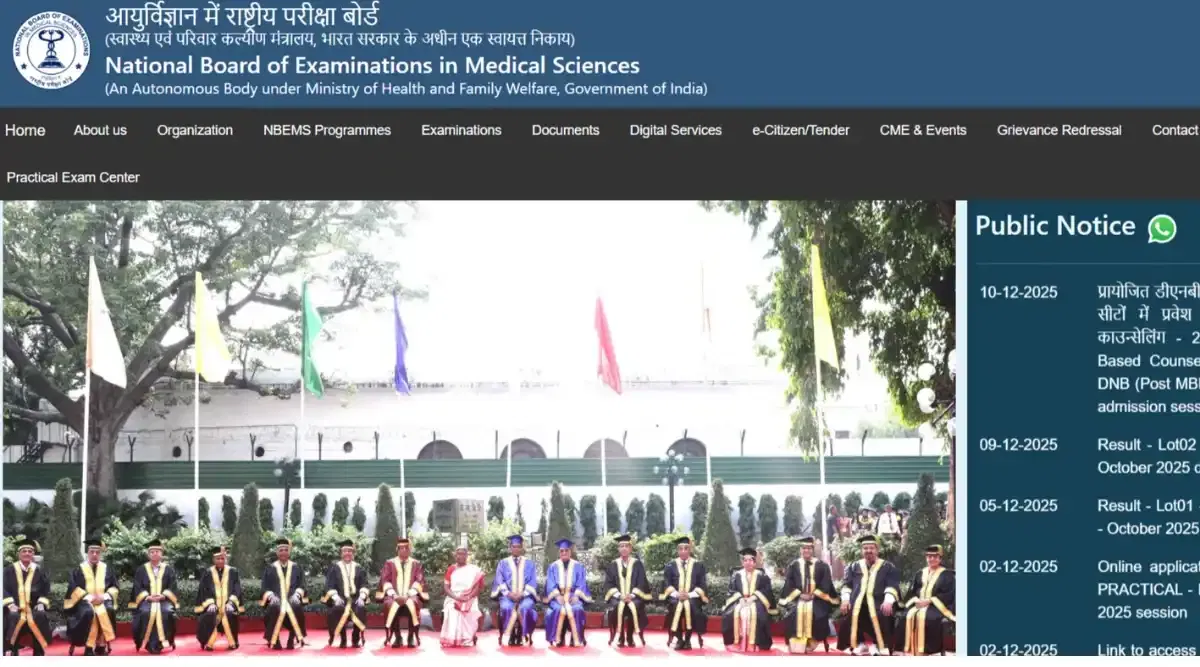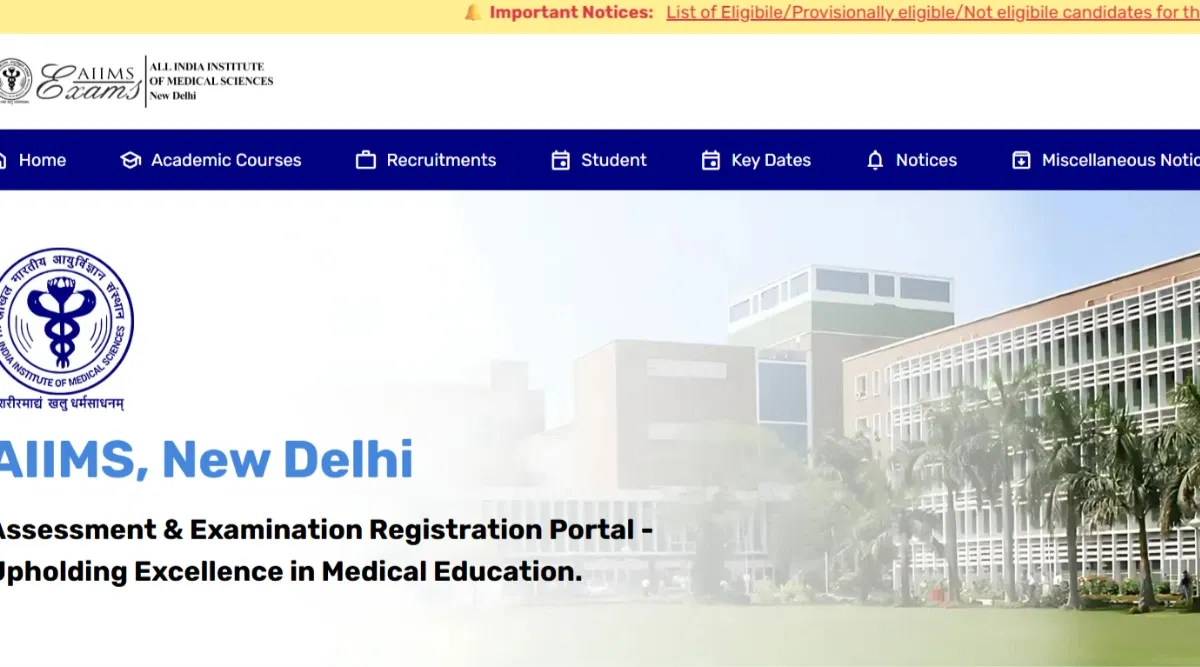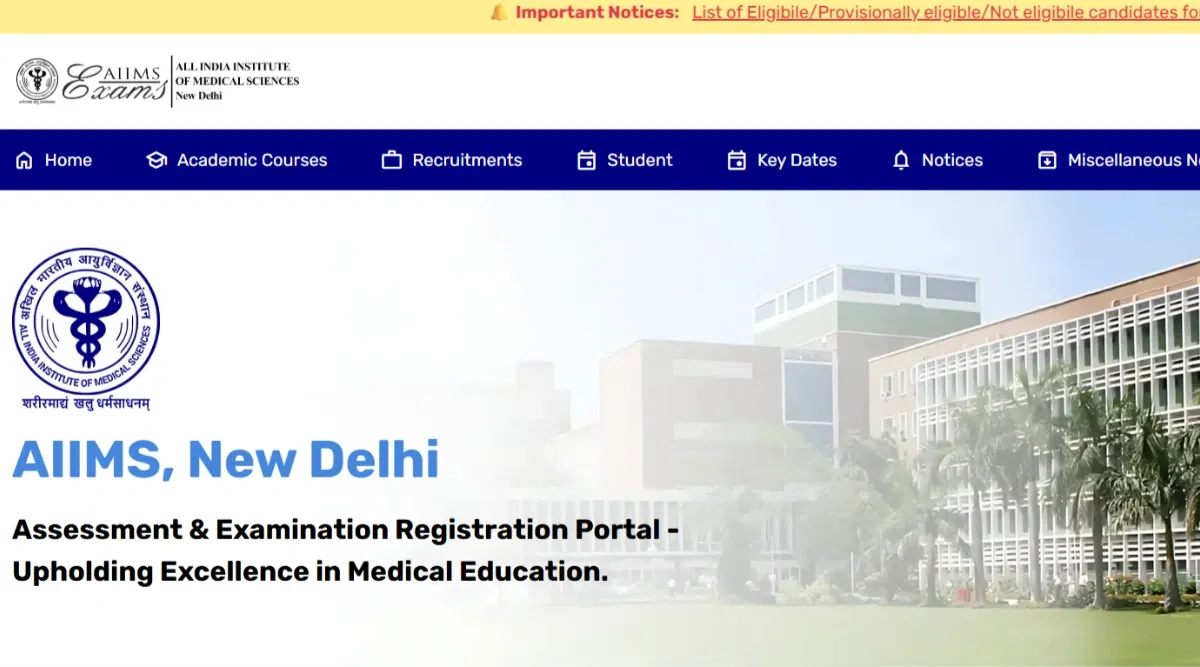Australia is home to some of the finest medical institutions with world-class facilities. Explore the top medical schools in Australia and learn about their eligibility requirements, courses offered, tuition fees, etc.
Table of Contents
- Top Medical Schools in Australia
- Medical Schools in Australia: Degree and Specializations
- Medical Colleges in Australia Entry Requirements
- Undergraduate Programs Offered by Medical Schools in Australia
- Medical School in Australia: Postgraduate Programs
- Doctoral Programs Offered by Australian Medical Colleges
- Medical School Scholarships in Australia
- Medical School in Australia: Career Scope
Looking for a medical school in Australia? Australian medical schools are globally renowned for the quality of their training and research. The cost of pursuing medical education in Australia ranges between 255,200 to 630,000 AUD (1.47 to 3.63 lakhs INR).
There are around 20 medical schools in Australia that offer programs at bachelor’s, master’s, and doctorate levels. Here we have provided detailed information about top medical schools in Australia, along with entry requirements, programs, tuition fees, etc.
Top Medical Schools in Australia
Did you know that five of the Australian medical universities are ranked among the top 50 institutions in the world? Here are the top 10 medical schools in Australia for international students:
- University of Melbourne
- University of Sydney
- Monash University
- University of New South Wales
- University of Queensland
- Australian National University
- University of Adelaide
- University of Western Australia
- University of Newcastle
- Deakin University
Medical Schools in Australia: Degree and Specializations
Australian medical colleges offer a variety of courses to cater to the needs of students from all over the world. However, before one applies for a medical school in Australia, they need to understand the different specializationa available in this field.
- Bachelor of Medicine: Specializes in genetics, immunology, nutrition, physiology, microbiology, anatomy and biochemistry.
- Bachelor of Medical Science and Doctor of Medicine: It is dual degree program which is designed for providing a bachelor’s degree to the students for 3 years and further continuing with the PG course for four years. Internships are the major focus of the four-year program.
- Bachelor of Paramedicine: Emphasized on the delivery of emergency health care along with securing a registered paramedic. This course mainly aims at preparing the candidate for handling emergency situations by teaching paramedical skills.
- Bachelor of Physiotherapy: This purpose of this course is to prepare the student for curing all all the health conditions related to healing. Students are provided training under experienced physiotherapists.
- Master of Surgery: This course enables students to undertake a research project dedicated to a concerning aspect of surgery under academic supervision.
Following are some of the popular specializations offered by a medical school iin Australia:
- Anatomy and Histology
- Agroecosystems
- Applied Medical Science
- Animal Health, Disease and Welfare
- Biochemistry and Molecular Biology
- Cell and Development Biology
- Behavioral Sciences
- Radiology
- Sociology
- Medical Imaging
Medical Colleges in Australia Entry Requirements
Entry requirements to enroll for medical courses in Australia vary from one medical school to another. However, the general admission requirements remain same across the Australian medical colleges. Here we have elaborated the entry requirements for bachelor’s, master’s, and doctorate medical courses.
Admission Requirements for Bachelor’s Courses
Medical students need to fulfill certain eligibility criteria to apply for UG medical courses in Australia. These requirements are listed below:
- Completion of 12th grade
- Some universities require immunization and infection tests
- Students must take the International Students Admission Test or ISAT
- Interview offers are based on the ISAT scores
- Proof of English proficiency
Additionally, students need to present the following documents:
- ISAT results
- Letter of recommendation
- Proof of qualifications
- Blue card (working with children check)
- Criminal history check
Admission Requirements for Master’s Courses
Students willing to enroll for PG medical programs in Australia need to comply with the folliwing eligibility requirements. Moreover, few universities require students to undertake a thesis project and work on it for 6 months.
- Students must have previously studied subjects like anatomy, physiology, biochemistry
- Should have completed two years full-time course in the related subjects
- Proof of English proficiency
- IELTS: 7.0
- TOEFL: 94
- PTE: 65
- In few universities, immunization and infection tests are conducted
- Students must take the International Students Admission Test or ISAT
- Applicants are required to pass the interview. The interview offer will depend on the ISAT score.
Besides meeting the eligibility criteria, students are required to submit the documents listed below:
- Evidence of previous educational qualifications
- Letter of Recommendation
- Research Proposal for a master’s thesis
- Statement of Purpose
Admission Requirements for PhD Courses
Once you have decided to apply for PhD medical courses in Australia, the next thing to do is to meet all the eligibility requirements and submit necessary documents to ensure a smooth admission process.
- A bachelor’s degree with a first-class or 70% honors,
- A master’s program/higher-level degree is compulsory
- An equivalent qualification which proves research skills, merit and proficiency
- Those who do not fulfill the above requirements are required to pursue MPhil as a pathway to proceed with PhD. However, only certain universities have this provision.
- Proof of English proficiency:
- TOEFL iBT: 96
- IELTS: 7.0
- PTE: 68
Also take a look at the important documents required for entry into PhD courses:
- Proof of previous qualifications
- ISAT scores
- The research proposal
- Personal Statement
Undergraduate Programs Offered by Medical Schools in Australia
A medical school in Australia offers an assortment of courses at the undergraduate level. The curriculum of these courses is diversified and caters to the needs of every students. The table below outlines the top UG courses available in Australia, along with other relevant information:
|
Program |
Annual Fees (AUD) |
Duration |
|
Bachelor of Medical Science (Honours) - Australian National University |
50,904 |
1 year |
|
Bachelor of Science and Doctor of Medicine - University of Sydney |
80,000 |
7 years |
|
Bachelor of Medical Science - University of Melbourne |
62,528 |
37 weeks |
|
Bachelor of Medical Science and Doctor of Medicine - Monash University |
79,700 |
5 years |
|
Bachelor of Medical Science - Monash University |
68,000 |
1 year |
|
Bachelor of Paramedicine - Monash University |
34,200 |
1 year |
|
Bachelor of Medical Science and Doctor of Medicine - University of New South Wales |
81,831 |
6 years |
|
Bachelor of Science (Medicine) - University of New South Wales |
48,480 |
1 year |
|
Bachelor of Medicine and Surgery - University of Adelaide |
76,000 |
6 years |
Medical School in Australia: Postgraduate Programs
In Australia, most medical universities offer dual degrees, where students can enroll in continuing education programs and eventually complete their degrees. The following are the most popular postgraduate degrees offered by top medicals schools in Australia:
|
Program |
Annual Fees (AUD) |
Duration |
|
Master of Surgery - University of Melbourne |
191,507 |
2 years |
|
Master of Medicine - University of Queensland |
40,640 |
2 years (part-time only) |
|
Master of Surgery - University of Western Australia |
35,169 |
2 years |
Doctoral Programs Offered by Australian Medical Colleges
Ph.D.s open up certain career possibilities, including collaborations with government and research opportunities. Many Ph.D. programs are offered at medicine universities in Australia in order to attract students across the globe:
|
Program |
Annual Fees (AUD) |
Duration |
|
Doctor of Philosophy (Medicine and Health) - University of Sydney |
49,000 |
3-4 years |
|
PhD - University of Adelaide |
48,500 |
4 years |
|
Ph.D. in Medicine, Nursing and Health Sciences - Monash University |
46,500 |
3-4 years |
|
Ph.D. in Medicine, Dentistry and Health Sciences - University of Melbourne |
48,963 |
4 years |
Medical School Scholarships in Australia
International scholarship programs in Australia aim to provide financial assistance to students so that they can focus solely on their studies. There are many scholarships in Australia available for international students. Here are some of them:
|
Program |
Offered to |
Benefits/Awards (AUD) |
|
ANU Canberra India Scholarship - Australian National University |
UG and PG |
10,000 per year |
|
Melbourne Research Scholarship - University of Melbourne |
Graduate Research Degree |
100% tuition fee waiver & 11,000 as stipend |
|
Monash International Merit Scholarship - Monash University |
UG or PG |
10,000 per year |
|
Robert S. McNamara Fellowship Program (RSMFP) - University of New South Wales |
PhD |
25,000 |
|
Global Citizen Scholarship - University of Adelaide |
UG or PG |
15-30% tuition fee waiver |
Medical School in Australia: Career Scope
Once the students have completed their degrees, they will definitely be looking for employment in the medical field. In this matter, it is important to note that there has been a significant increase in the number of general practitioners and resident medical officers over the last five years, and that the increase will continue in the coming five years - 60,400 in 2018 to 67,800 by 2023. Moreover, there are predicted to be 4,200 job openings each year over the next five years. Let us now see what all job opportunities are available in the medical field in Australia:
|
Job Roles |
Average Annual Salaries (AUD) |
|
Academic Clinician |
145,000 |
|
Doctor |
236,000 |
|
Ambulance Officer and Paramedic |
74,600 |
|
Anesthesiologist |
289,000 |
|
Cardiology Manager |
294,000 |
|
Clinic Manager |
101,000 |
|
Director of Medical Staff Services |
139,000 |
|
Immunologist |
176,000 |
|
Administrative Director |
153,000 |
|
Anatomic Pathology Supervisor |
159,000 |
|
Biomedical Engineering Director |
110,000 |
|
Clinical Director |
221,000 |























POST YOUR COMMENT